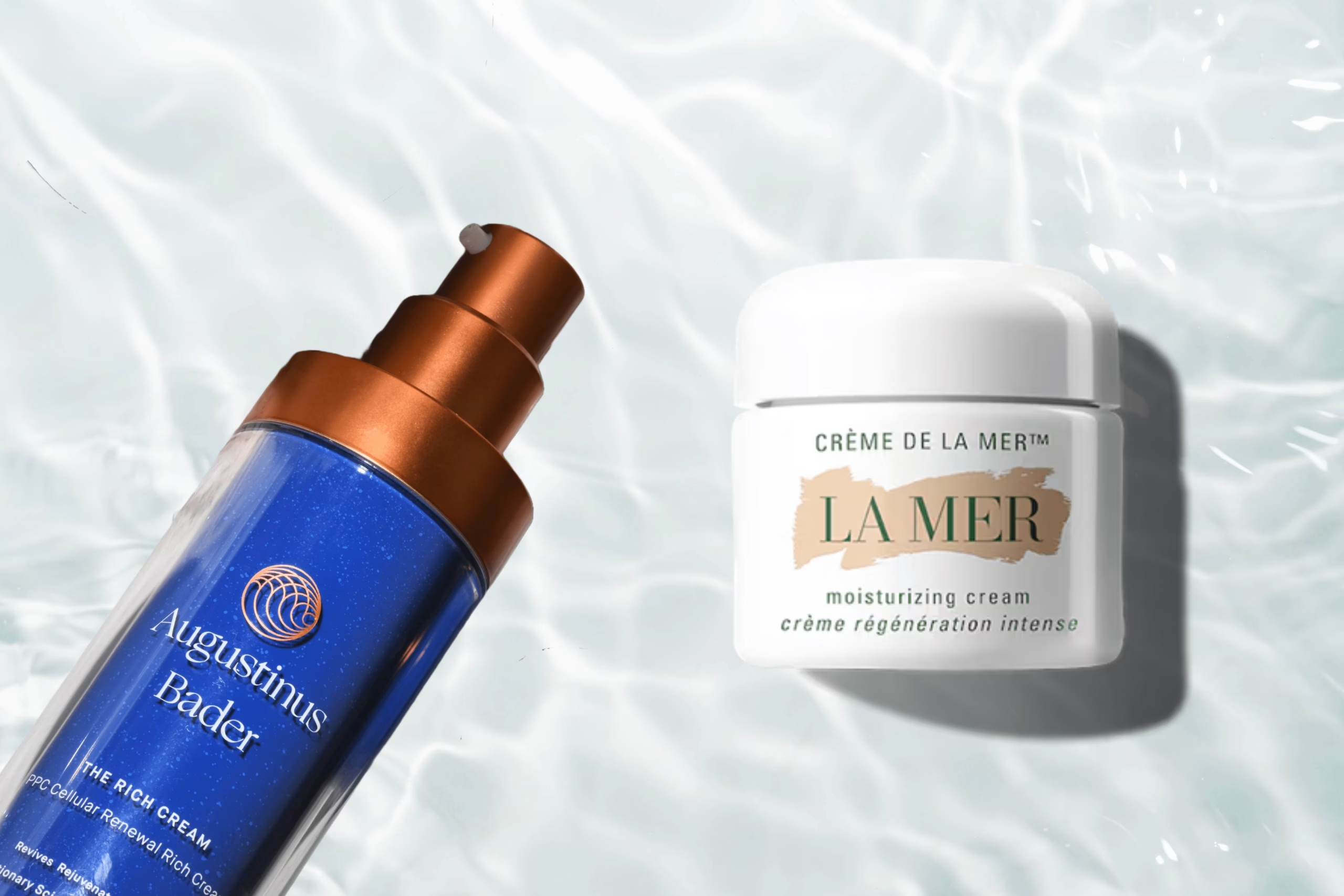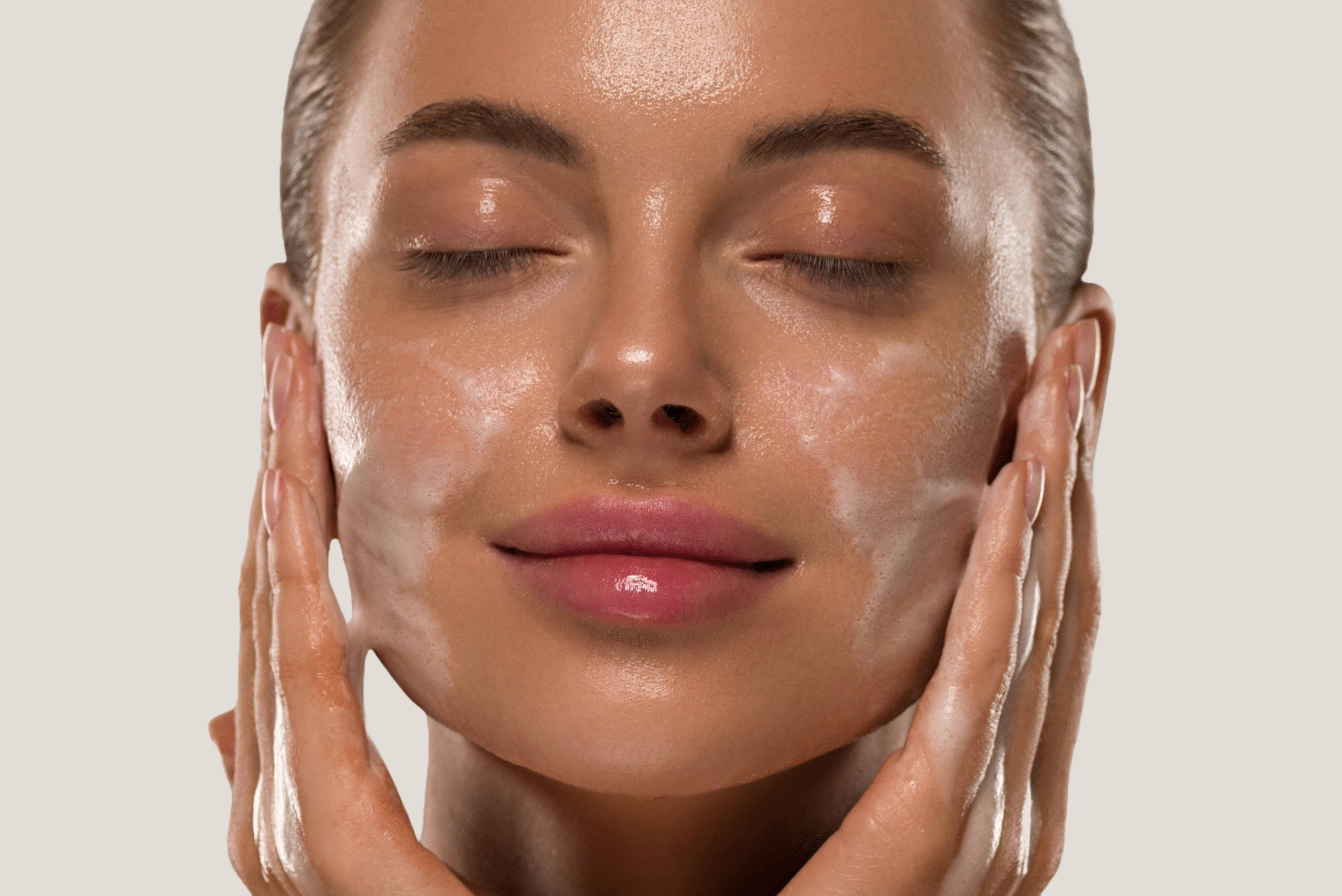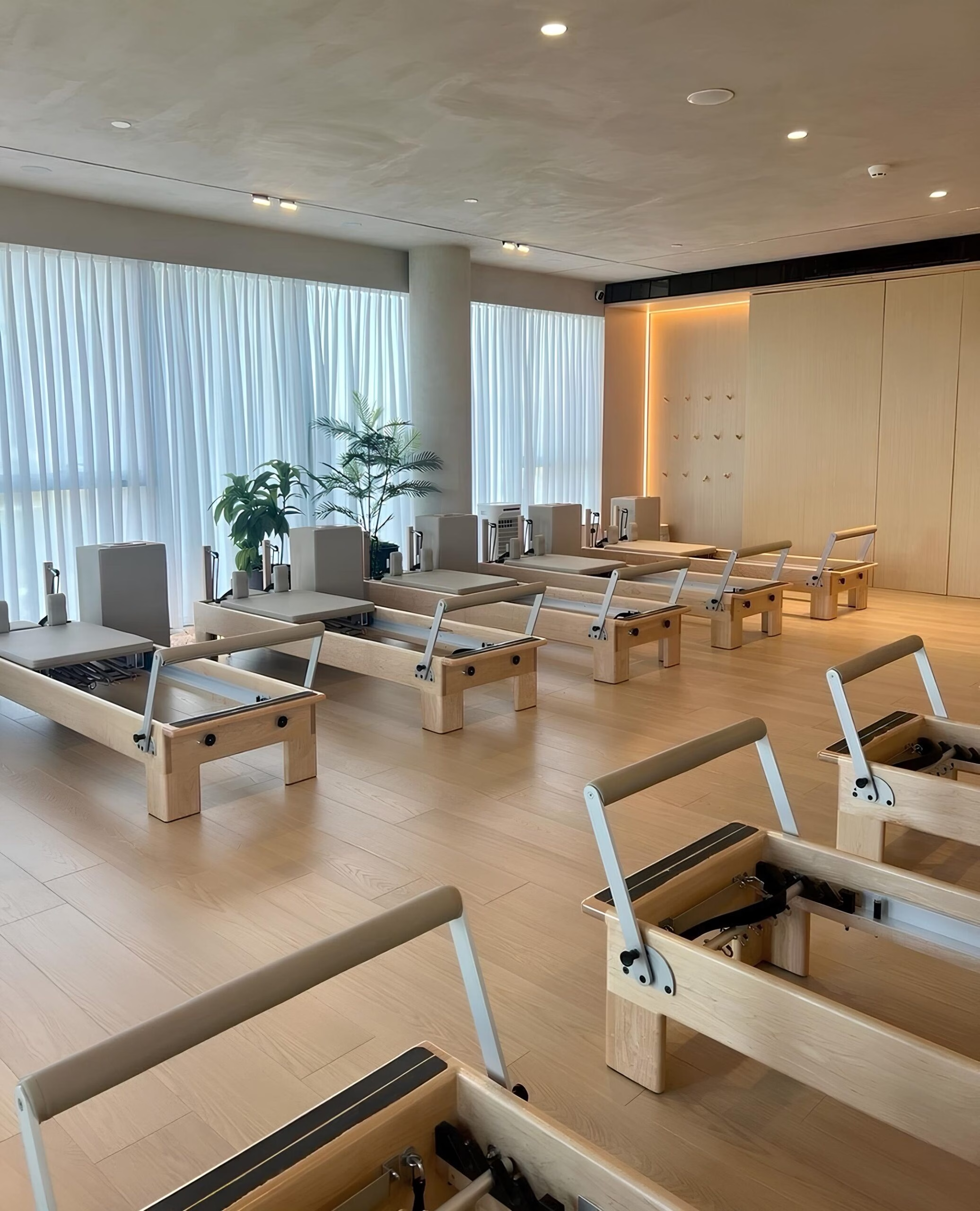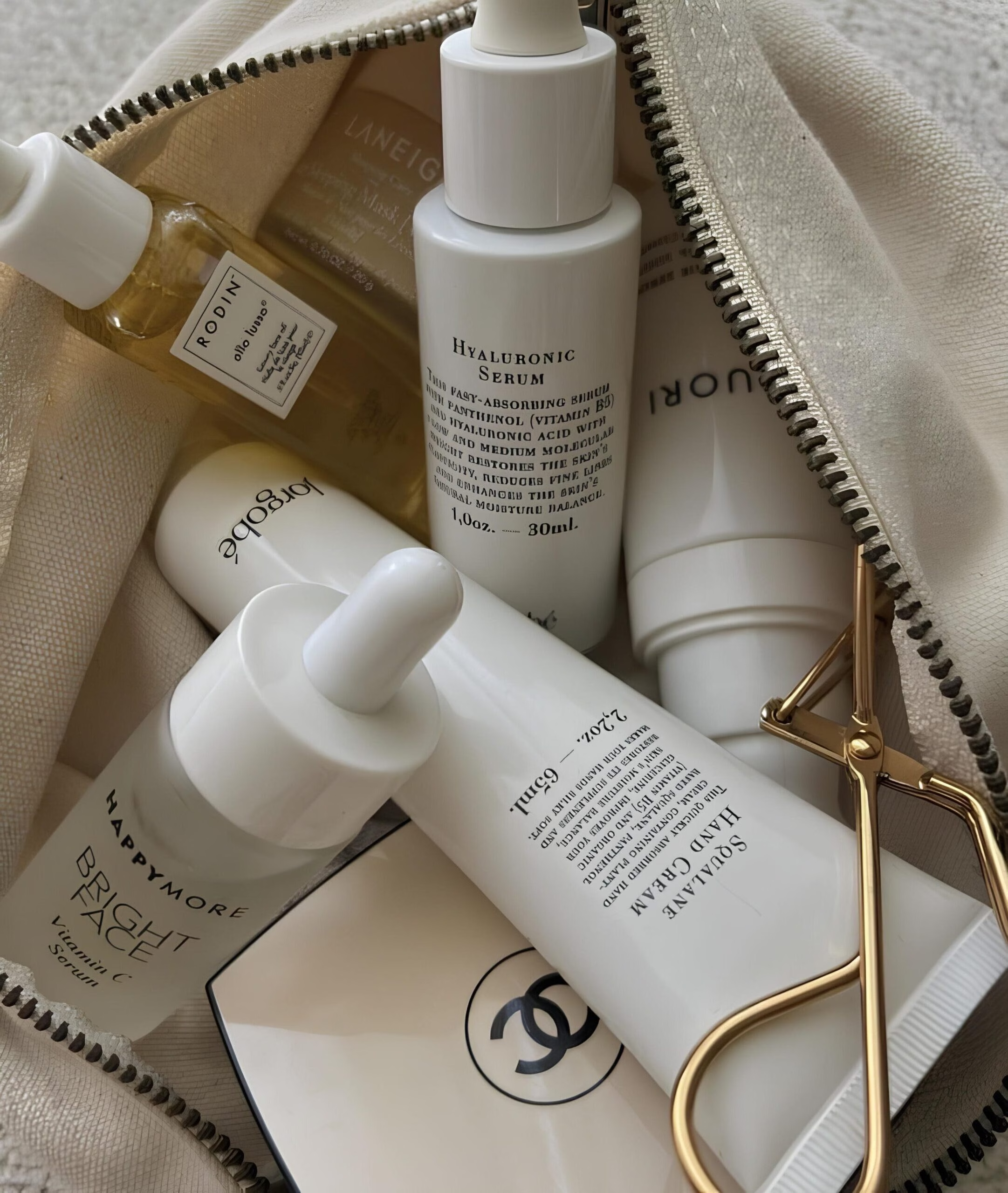In today’s world, true wealth is measured not only in financial assets but also in health. High-net-worth individuals are increasingly turning to advanced biohacking therapies designed to slow aging and enhance quality of life. From innovative medical treatments to spa-like wellness experiences, these interventions blend breakthrough science with bespoke care.
Health is the new wealth, and the pursuit of longevity has become the ultimate luxury. Elite wellness centers around the globe—from Silicon Valley and Europe to Asia and the Middle East—are now offering personalized, high-tech anti-aging solutions. With the longevity market projected to surpass $610 billion, scientific innovation is reshaping our vision of healthy living.
This guide presents rigorous analysis and expert insights, distinguishing genuine potential from hype. Whether you’re a seasoned biohacker or new to luxury wellness, the following sections provide an exclusive glimpse into a future where refined living and advanced science converge to redefine lasting vitality.
Red Light Therapy (Photobiomodulation)
Overview & Scientific Rationale:
Benefits:
- Skin Rejuvenation: Reduction in wrinkles, redness, and scars.
- Enhanced Cellular Repair: Improved mitochondrial function and circulation.
- Potential Systemic Effects: Animal studies suggest benefits for cardiovascular health and longevity.
Cost:
Sessions typically range from $50–$200 each. Alternatively, professional-grade home devices cost from a few hundred dollars up to $5,000+.
Infrared Sauna Therapy
Overview & Scientific Rationale:
Infrared saunas use light waves to warm the body directly, as opposed to heating ambient air like traditional saunas. This deep heating stimulates the production of heat-shock proteins and induces a hormetic stress response that aids in detoxification, reduces inflammation, and improves cardiovascular function (Harvard Health).
Benefits:
- Cardiovascular Improvements: Enhanced blood vessel function and reduced blood pressure.
- Detoxification & Relaxation: Profuse sweating flushes toxins and eases stress.
- Cognitive & Longevity Benefits: Epidemiological data suggest frequent sauna use is linked to longer life.
Cost:
Sessions at luxury centers cost about $30–$60 per 30 minutes, while home saunas range from $1,000 to $10,000+.
Cold Plunge Therapy (Therapeutic Cold Immersion)
Overview & Scientific Rationale:
Cold plunge therapy involves immersing the body in water at 50–60°F for a few minutes. This acute cold exposure rapidly constricts then dilates blood vessels, boosting circulation and stimulating the release of endorphins and anti-inflammatory molecules (Stanford Longevity).
Benefits:
- Improved Circulation & Metabolism: Activation of brown adipose tissue and increased vascular function.
- Mood Enhancement: Immediate release of neurotransmitters improves mental clarity
- Potential Immune Boost: Reduction in inflammation and oxidative stress.
Cost:
Basic home solutions are inexpensive, but specialized cold plunge tubs with temperature control can cost from a few thousand dollars up to $10,000 while sessions at upscale centers may run $40–$100 each.
Stem Cell Therapies
Overview & Scientific Rationale:
Stem cell therapies extract multipotent cells (usually from adipose tissue or bone marrow) and reintroduce them into aging or damaged tissues. These cells can differentiate into cartilage, bone, or skin cells and secrete growth factors that reduce inflammation and promote angiogenesis.
Early-stage trials have shown improvements in joint function and skin quality, though long-term safety and efficacy require further validation.
Benefits:
Enhanced tissue regeneration and a potential boost to overall cellular repair.
Cost
Prices typically range from $5,000 to $50,000 per session, reflecting the personalized and experimental nature of the treatment.
NAD⁺ IV Therapy
Overview & Scientific Rationale:
Benefits:
Enhanced cellular vitality and metabolic function.
Cost:
Sessions cost typically between $500 and $1,000.
Hormone Replacement & Optimization
Overview & Scientific Rationale:
Benefits:
Alleviation of symptoms related to hormonal decline and potential reduction in age-related disease risks.
Cost:
Annual costs typically range from $1,500 to $2,500, with treatments customized through extensive diagnostics and monitoring.
“Young Forever” Aesthetics: Vampire Facials & Gold Masks
Overview & Scientific Rationale:
Benefits:
Visible reduction of fine lines, improved skin texture, and a luxurious cosmetic boost.
Cost:
Vampire facials generally cost over $1,500 per session, while gold facials range from $300 to $1,000. Regular sessions are recommended to maintain results.
IV Vitamin Drips and Supplement Stacks
Overview & Scientific Rationale:
Benefits:
Rapid nutrient replenishment and sustained improvements in overall vitality.
Cost:
IV sessions typically cost a few hundred dollars each, while monthly supplement stacks can range from $50 to $500, depending on the quality and quantity of ingredients.
Genetic and Epigenetic Testing
Overview & Scientific Rationale:
Benefits:
Actionable insights for personalized diet, exercise, and supplementation plans, and the ability to monitor the effectiveness of interventions over time.
Cost:
Comprehensive genetic testing costs range from $1,000 to $5,000, and epigenetic tests typically cost $300 to $500. Expert consultations are recommended for accurate interpretation.
Fringe Experimental Protocols
Overview & Scientific Rationale:
Fringe protocols represent the vanguard of anti-aging research, including off-label drug use (e.g., metformin, rapamycin) and emerging gene therapies aimed at targeting fundamental aging mechanisms such as cellular senescence and telomere shortening.
Animal studies have robustly demonstrated the potential of metformin and rapamycin to extend lifespan and improve healthspan. Early human trials of senolytic therapies have shown promise in enhancing physical function by clearing senescent cells. Gene therapies targeting telomerase activation or gene editing for myostatin inhibition remain highly experimental but offer a tantalizing possibility of cellular rejuvenation.
Benefits:
The potential to reset cellular aging processes and significantly extend healthy lifespan, though data in humans is still emerging.
Cost:
Basic off-label drug protocols may be relatively affordable; however, comprehensive, personalized treatment cycles—including advanced monitoring and gene therapies—can cost several thousand dollars per cycle. These interventions carry high risks and should be pursued only under strict clinical supervision.
Integrating Biohacking into a Holistic Lifestyle
Beyond the Treatments:
True longevity is achieved through a holistic lifestyle that combines advanced interventions with foundational health practices. Optimal nutrition, quality sleep, regular exercise, effective stress management, and strong social connections create the fertile environment necessary for biohacking therapies to be most effective. This integrated approach ensures that all aspects of your body’s health work synergistically.
Actionable Tips
- Optimize Your Diet: Focus on nutrient-dense, organic foods and consider intermittent fasting or a plant-based diet.
- Enhance Sleep Quality: Invest in a sleep tracker and cultivate a sleep-friendly environment. Consistent, restorative sleep is crucial for recovery and cognitive performance.
- Manage Stress: Incorporate mindfulness practices, meditation, or yoga into your routine to lower stress levels and improve mental clarity.
- Exercise Regularly: Balance aerobic activities with resistance training to preserve muscle mass, boost circulation, and maintain metabolic health.
- Monitor Your Health: Leverage wearable technology to track key metrics such as heart rate variability, sleep patterns, and physical activity, using these insights to refine your wellness strategy.
- Start Small with Supplements: Begin with well-supported options like vitamin D or omega-3 fatty acids, and gradually introduce more targeted supplements based on your individual needs.
- Educate Yourself: Stay informed about the latest research and consider periodic consultations with health professionals.
Frequently Asked Questions (FAQ) About Biohacking and Longevity Treatments
What is biohacking, and how does it differ from traditional wellness practices?
Biohacking is a high-end approach to optimizing health and longevity through cutting-edge medical treatments and scientific advancements. Unlike traditional wellness practices, which focus on general well-being through diet, exercise, and mindfulness, luxury biohacking integrates advanced therapies like genetic testing, regenerative medicine, personalized IV infusions, and hormone optimizationinto highly curated wellness programs. These treatments are often available at exclusive clinics and resorts, combining scientific innovation with personalized, concierge-level care.
Are biohacking treatments scientifically proven to extend lifespan?
Many biohacking treatments, such as stem cell therapy, NAD+ IV infusions, and hormone replacement, have shown promising benefits in clinical and preclinical studies. However, the science of longevity is still evolving, and while some interventions have strong research backing (e.g., hyperbaric oxygen therapy improving telomere length), others remain experimental. Experts emphasize that while these treatments may enhance healthspan—the number of years one lives in good health—definitive proof that they extend lifespan in humans is still being studied.
What are the most popular longevity treatments available today?
Some of the most sought-after longevity treatments among high-net-worth individuals include:
- Hyperbaric Oxygen Therapy (HBOT): Oxygen therapy that may enhance cognitive function and cellular repair.
- Stem Cell Therapy: Used for regenerative medicine and tissue repair.
- Genetic & Epigenetic Testing: Provides insights into biological aging and personalized health strategies.
- NAD+ IV Infusions: Supports mitochondrial function and DNA repair.
- Cryotherapy & Cold Plunge Therapy: Reduces inflammation and improves metabolic function.
- Infrared Saunas & Red Light Therapy: May promote cellular recovery and circulation.
- IV Vitamin Drips & Supplement Stacks: Personalized nutrient optimization for peak performance.
How much do longevity treatments typically cost?
- Stem Cell Therapy: $5,000–$50,000 per session
- NAD+ IV Therapy: $500–$1,000 per session
- Genetic & Epigenetic Testing: $1,000–$5,000 per analysis
- Hyperbaric Oxygen Therapy: $250–$600 per session, or $10,000+ for personal chambers
- Hormone Replacement Therapy (HRT): $1,500–$2,500 annually
- Luxury Longevity Retreats: $10,000–$50,000 for week-long programs
Affluent individuals often combine multiple treatments for a comprehensive longevity strategy making longevity spending a six-figure annual commitment for some.
Are these treatments safe, and are they regulated by medical authorities?
The safety of longevity treatments varies by therapy:
- FDA-approved interventions like certain hormone replacement therapies and hyperbaric oxygen therapy have established safety profiles.
- Experimental therapies such as young blood plasma transfusions and some stem cell applications lack long-term human studies and are often performed in regulatory gray areas.
- Clinics offering biohacking treatments should be thoroughly vetted—choosing medically accredited providers is crucial to ensuring safety. Patients should consult with longevity specialists and seek peer-reviewed research before undergoing advanced interventions.
How does biohacking fit into a holistic lifestyle approach?
For optimal results, high-end longevity treatments are paired with foundational health practices such as:
- Optimized Nutrition: Anti-inflammatory, nutrient-rich diets tailored to genetic markers.
- Fitness & Recovery: Strength training, cardiovascular conditioning, and recovery methods like cryotherapy.
- Stress & Sleep Management: Meditation, biofeedback, and sleep optimization technologies.
- Preventative Monitoring: Continuous health tracking via wearables, blood panels, and epigenetic assessments.
Combining cutting-edge biohacking with science-backed lifestyle habits ensures a balanced, long-term approach to healthspan extension.
Who are the best candidates for luxury longevity programs?
Luxury longevity programs cater to affluent individuals who prioritize proactive health management. Ideal candidates include:
- Entrepreneurs & Executives looking to maintain peak cognitive and physical performance.
- High-Performance Athletes seeking recovery and extended career longevity.
- Health-Conscious Affluent Individuals aiming to prevent age-related decline before symptoms appear.
- Retirees & Older Adults who want to maintain vitality, mobility, and mental sharpness.
Some longevity programs also attract younger biohackers in their 30s and 40s who want to get ahead of aging through early intervention.
What does the future of biohacking look like?
The longevity industry is poised for exponential growth, with AI-driven personalized medicine, CRISPR gene editing, and senolytic drugs emerging as potential breakthroughs in anti-aging research. Luxury resorts and wellness centers are increasingly integrating longevity-focused health packages, making biohacking an integral part of high-end lifestyle experiences. As scientific advancements continue, what is considered an elite, futuristic intervention today may soon become the gold standard of personalized health management.









